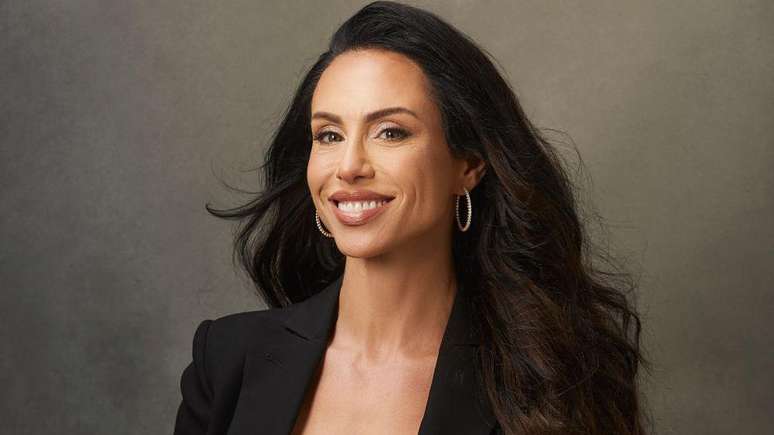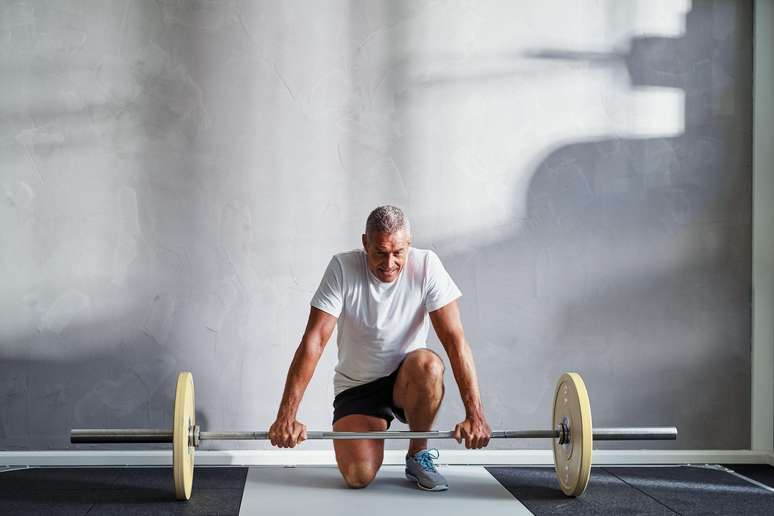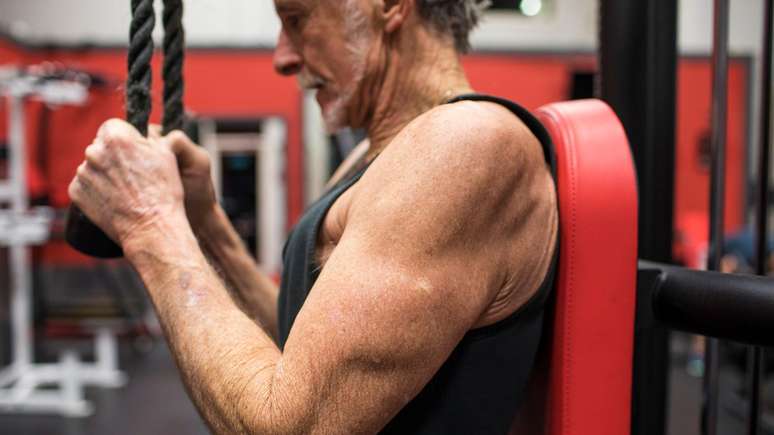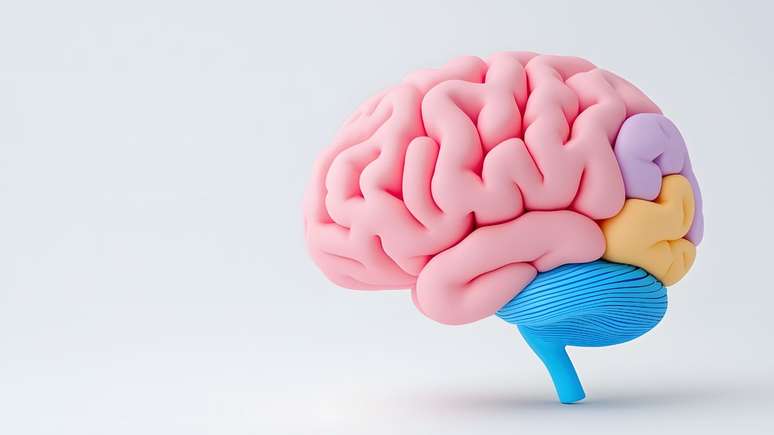American doctor Gabrielle Lyon explains why, to age well, muscles are essential.
In a video that has reached millions of people on social media, a lady who appears to be in her 70s lifts a barbell with weights in the gym. Next, the image of her shows her doing the same thing, but while she is shopping.
The message of the video coincides with what the American doctor Gabrielle Lyon has been trying to convey to her patients for years: to age well and have a quality of life in old age, it is necessary to build and maintain muscles.
“Perhaps we are not so interested in wearing a bikini or looking good, but we are much more interested in being independent, in having the strength to hold our grandchildren in our arms. Carrying the shopping, living independently, here is the first reason to to worry about maintaining good muscle mass”, says the geriatrician, author of the book The muscular revolutionreleased by the Intrínseca publishing house in March.
“But it goes far beyond that. Maintaining muscle mass helps prevent chronic diseases such as obesity, type 2 diabetes, hypertension, cardiovascular disease… Conditions that become more common as we age.”
While the appeal of gaining muscle mass is more popular among younger generations, who are looking to improve their body appearance or sports performance, Lyon argues that it is those over 50 who should be most concerned about their body composition.
“There’s really this transition with age, where we care less about our physique. When we’re young, we focus on appearance, and that’s fine, because that creates good habits. But there’s a difference: It’s not always just an aesthetic question. And, in fact, it’s never too late to get stronger and gain muscle mass.”

Muscle loss occurs naturally with age
The natural process of progressive loss of muscle mass and strength begins to occur, albeit slowly, after the age of 30.
When you reach age 50, a more significant loss of muscle mass begins, which can reach 2% per year.
But some factors, such as a sedentary lifestyle, a low-protein diet, chronic diseases and hospitalization, can cause this decline to begin earlier.
This significant loss of muscle mass, known as sarcopenia, can lead to decreased functional capacity, increased risk of falls and disability.
“Often, lost muscle is replaced by body fat, reducing muscle strength and mobility and disrupting your metabolism,” explains Lyon.
The doctor points out that, in the last decade, much of the research, as well as awareness campaigns, have focused heavily on obesity and the need to lose weight.
“This has damaged the way people think about fitness. As we age, the lack of muscle can cause more harm than the amount of fat in the body,” he says.
And for those who manage to maintain a good supply of muscle mass, he explains, fat burning is also improved, since muscles expend more energy at rest than other tissues.

Good muscle mass helps avoid several health problems
Examples of diseases that muscle mass can help prevent include:
Type 2 diabetes
The disease causes insulin, a substance produced by the pancreas that helps regulate blood sugar, not to be used properly by the body, resulting in high blood sugar levels.
A body with more muscles needs more energy to keep them working and therefore uses more sugars to turn into energy.
Therefore, muscle mass helps regulate blood sugar more efficiently, helping to both prevent type 2 diabetes and regulate the condition of those who have the disease.
Heart disease
Strength exercises force the heart to work harder to pump blood to the muscles.
The extra effort helps strengthen the organ, reducing the risk of heart disease.
Osteoporosis
During exercises such as weight lifting, muscles contract and exert force on bones through tendons.
This movement stimulates bone remodeling, which makes bones denser and helps prevent osteoporosis, a condition in which bones become brittle and prone to fractures.

How to increase muscle mass
In Lyon’s assessment, the musculoskeletal system is the most underrated organ in the body, especially when it comes to older adults.
“And when you’re older, if you eat and exercise like you did when you were younger, you may not be able to maintain muscle health. You have to make a focused effort on that, plan a routine that works for you.”
Lyon says training to gain muscle doesn’t have to be complicated to be effective.
“There are no crucial specific exercises or movements. The idea is to continuously stimulate muscle tissue and there are many ways to do this.”
Numerous scientific studies suggest that, for hypertrophy (muscle gain), a very effective method is to reach “failure”, i.e. maximum effort, with conventional weight training exercises.
This does not necessarily mean that the person has to lift very heavy loads or perform a very high number of repetitions, but rather that they are making an effort within their current physical condition.
And for those who are taking the first step out of a sedentary lifestyle, including exercise into your routine can be done gradually.
“Carry a backpack or heavier objects you have at home, think about activities that involve lifting something above your head… This helps you understand the importance of maintaining balance and muscle strength, and above all the importance of leg strength. You don’t need it to squat with maximum weight, but you need to be able to get up off the ground,” explains Lyon.
Monitoring by a physical education professional is recommended in order to develop an effective plan for the goal – and is even more important in the case of the elderly and sedentary people, to avoid injuries and falls during exercise.
Another essential measure for increasing muscle mass is a balanced diet with particular attention to proteins.
According to the International Society of Nutrition and Sports, a daily intake of between 1.4 and 2.0 grams of protein per kg is needed for muscle growth and maintenance of lean mass, along with exercise.
A 70kg person, therefore, would need to consume between 98 and 140 grams of protein per day.
The sooner the better, but it’s never too late
Lyon says it’s never too early to start training.
“What I mean is that physical activity should be a lifestyle. I am a mother of two young children and we already do physical activity as a family, obviously in their case child-friendly. If you train from an early age, this prepares muscles to be healthier in the future.”
But even for those who train from a young age and constantly, the doctor admits that losing muscle mass remains quite easy.
“In a week of downtime, we already see significant losses. This becomes very clear when we analyze, for example, people admitted to intensive care.”
More optimistic, however, Lyon explains that muscles have a sort of memory.
“It’s much easier to get into shape than to get into shape from scratch. If you start young, even better.”
But he explains that this shouldn’t scare those who will start doing physical activity when they grow up: it is possible to achieve good results at any age, and a balanced diet and training aimed at one’s personal characteristics can only bring benefits.
“The body depends on activity. We were created to be active creatures, and when we reduce physical activity we run the risk of physical disabilities.”
The doctor argues that as we age, we need to become more active, not less.
“Inactivity is not an option for a healthy person. The more healthy muscle mass you have, the greater your ability to survive against all types of diseases, whether it is cancer, falls or anything else. The more healthy muscle mass you have, the better their ability to be independent and survive. There is nothing more important for the elderly population than having muscles.”
And for those who want to break out of a sedentary lifestyle, Lyon has some advice.
“Don’t expect motivation or depend on specific goals. The most important thing is to think that the years you have left can be changed if you make good choices for yourself.”
Source: Terra
Ben Stock is a lifestyle journalist and author at Gossipify. He writes about topics such as health, wellness, travel, food and home decor. He provides practical advice and inspiration to improve well-being, keeps readers up to date with latest lifestyle news and trends, known for his engaging writing style, in-depth analysis and unique perspectives.








